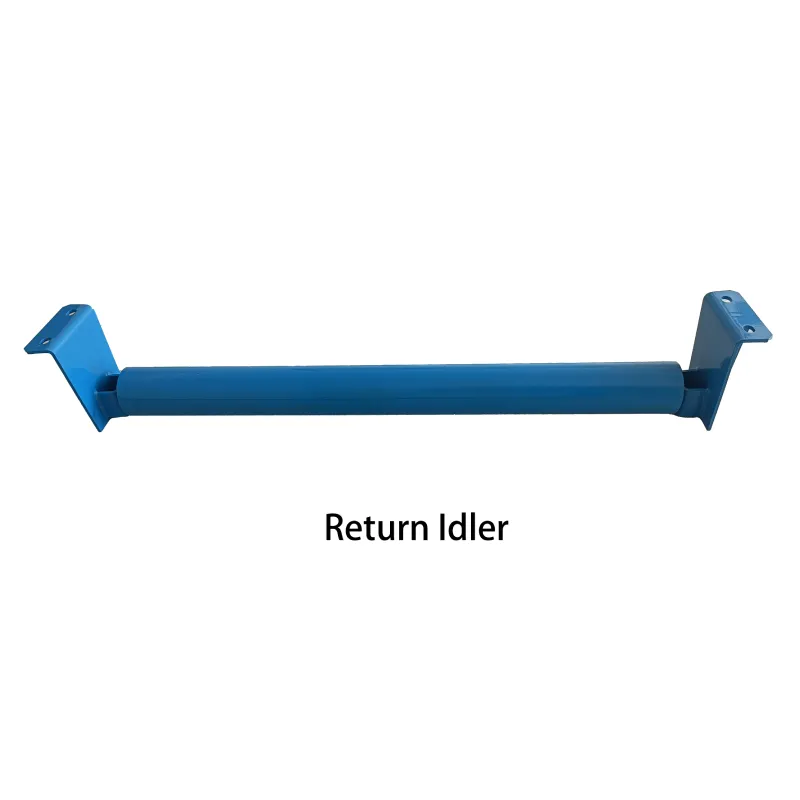 Afrikaans
Afrikaans  Albanian
Albanian  Amharic
Amharic  Arabic
Arabic  Armenian
Armenian  Azerbaijani
Azerbaijani  Basque
Basque  Belarusian
Belarusian  Bengali
Bengali  Bosnian
Bosnian  Bulgarian
Bulgarian  Catalan
Catalan  Cebuano
Cebuano  Corsican
Corsican  Croatian
Croatian  Czech
Czech  Danish
Danish  Dutch
Dutch  English
English  Esperanto
Esperanto  Estonian
Estonian  Finnish
Finnish  French
French  Frisian
Frisian  Galician
Galician  Georgian
Georgian  German
German  Greek
Greek  Gujarati
Gujarati  Haitian Creole
Haitian Creole  hausa
hausa  hawaiian
hawaiian  Hebrew
Hebrew  Hindi
Hindi  Miao
Miao  Hungarian
Hungarian  Icelandic
Icelandic  igbo
igbo  Indonesian
Indonesian  irish
irish  Italian
Italian  Japanese
Japanese  Javanese
Javanese  Kannada
Kannada  kazakh
kazakh  Khmer
Khmer  Rwandese
Rwandese  Korean
Korean  Kurdish
Kurdish  Kyrgyz
Kyrgyz  Lao
Lao  Latin
Latin  Latvian
Latvian  Lithuanian
Lithuanian  Luxembourgish
Luxembourgish  Macedonian
Macedonian  Malgashi
Malgashi  Malay
Malay  Malayalam
Malayalam  Maltese
Maltese  Maori
Maori  Marathi
Marathi  Mongolian
Mongolian  Myanmar
Myanmar  Nepali
Nepali  Norwegian
Norwegian  Norwegian
Norwegian  Occitan
Occitan  Pashto
Pashto  Persian
Persian  Polish
Polish  Portuguese
Portuguese  Punjabi
Punjabi  Romanian
Romanian  Russian
Russian  Samoan
Samoan  Scottish Gaelic
Scottish Gaelic  Serbian
Serbian  Sesotho
Sesotho  Shona
Shona  Sindhi
Sindhi  Sinhala
Sinhala  Slovak
Slovak  Slovenian
Slovenian  Somali
Somali  Spanish
Spanish  Sundanese
Sundanese  Swahili
Swahili  Swedish
Swedish  Tagalog
Tagalog  Tajik
Tajik  Tamil
Tamil  Tatar
Tatar  Telugu
Telugu  Thai
Thai  Turkish
Turkish  Turkmen
Turkmen  Ukrainian
Ukrainian  Urdu
Urdu  Uighur
Uighur  Uzbek
Uzbek  Vietnamese
Vietnamese  Welsh
Welsh  Bantu
Bantu  Yiddish
Yiddish  Yoruba
Yoruba  Zulu
Zulu Guide Roller Specifications and Applications for Steel Industry Efficiency
Understanding Steel Guide Rollers An Essential Component in Industrial Applications
Steel guide rollers, often referred to as guide wheels or roller systems, play a crucial role in various industrial applications. They serve as a vital element in the movement and positioning of equipment, ensuring smooth operation and enhancing the efficiency of machinery. This article delves into the significance of steel guide rollers, their applications, benefits, and maintenance considerations.
What are Steel Guide Rollers?
Steel guide rollers are cylindrical components made from durable steel, designed to support and guide the movement of machinery and materials. They typically consist of a roller that rotates around an axle while being housed within a frame or assembly that keeps it aligned with the path of motion. These rollers can come in various sizes and designs, tailored to specific applications, making them versatile elements in manufacturing, construction, and logistics.
Applications of Steel Guide Rollers
Steel guide rollers are ubiquitous across industries due to their adaptability. Some common applications include
1. Conveyor Systems In manufacturing and warehousing, guide rollers are integral to conveyor belts. They help maintain proper alignment of materials, reducing wear and tear and preventing jams, thus enhancing overall system efficiency.
2. Robotics and Automation In automated production lines, steel guide rollers ensure smooth movement of robotic arms and components, allowing for precise positioning and reliable operation.
3. Material Handling Equipment From forklifts to pallet jacks, guide rollers aid in the smooth movement of goods, allowing for easier transport and handling of heavy loads.
4. Construction Equipment In heavy machinery, like cranes and excavators, steel guide rollers are employed to facilitate the movement of booms and ladders, ensuring safety and accuracy during operations.
5. Sliding Doors and Gates Steel guide rollers are commonly used in sliding mechanisms for doors and gates, providing a smooth glide that enhances accessibility and functionality.
Benefits of Steel Guide Rollers
The use of steel guide rollers brings several advantages to industrial and commercial operations
steel guide roller

1. Durability Made from high-quality steel, these rollers are designed to withstand heavy loads and harsh conditions, contributing to their longevity.
2. Efficiency By allowing for smoother movement, steel guide rollers reduce friction and wear, leading to less downtime for maintenance and increased productivity.
3. Precision They help in accurately guiding components along their intended paths, improving operational precision, especially in automated systems.
4. Cost-Effectiveness Although the initial investment may be higher than other materials, the durability and efficiency of steel guide rollers can lead to significant cost savings over time through reduced replacement rates and downtime.
5. Customizability Manufacturers can produce steel guide rollers to meet specific requirements, including size, load capacity, and environmental considerations, making them suitable for a wide range of applications.
Maintenance Considerations
To ensure the optimal performance and longevity of steel guide rollers, regular maintenance is essential. Here are some key maintenance practices
1. Routine Inspections Conduct regular checks for wear and tear, misalignment, or damage to the roller and its mounting. Early detection can prevent larger issues and costly repairs.
2. Lubrication Keeping the rollers adequately lubricated minimizes friction and wear, contributing to a smoother operation. The type of lubricant should be chosen based on the operating environment.
3. Cleaning Dirt and debris can lead to operational inefficiencies and potential malfunctions. Regular cleaning helps maintain performance and prolong the life of the rollers.
4. Load Management Understanding and respecting the load limits of steel guide rollers is crucial. Overloading can lead to premature failure and safety concerns.
Conclusion
Steel guide rollers are a foundational component in numerous industrial applications, providing the necessary support and guidance for efficient movement and operation. Their durability, efficiency, and precision make them indispensable tools in modern manufacturing, construction, and logistics. By understanding their applications, benefits, and maintenance needs, industries can leverage the full potential of steel guide rollers, ultimately enhancing productivity and performance in their operations. Whether in conveyor systems or automated machines, these rollers play a vital role in the seamless functioning of today's complex industrial landscape.
-
Revolutionizing Conveyor Reliability with Advanced Rubber Lagging PulleysNewsJul.22,2025
-
Powering Precision and Durability with Expert Manufacturers of Conveyor ComponentsNewsJul.22,2025
-
Optimizing Conveyor Systems with Advanced Conveyor AccessoriesNewsJul.22,2025
-
Maximize Conveyor Efficiency with Quality Conveyor Idler PulleysNewsJul.22,2025
-
Future-Proof Your Conveyor System with High-Performance Polyurethane RollerNewsJul.22,2025
-
Driving Efficiency Forward with Quality Idlers and RollersNewsJul.22,2025





























